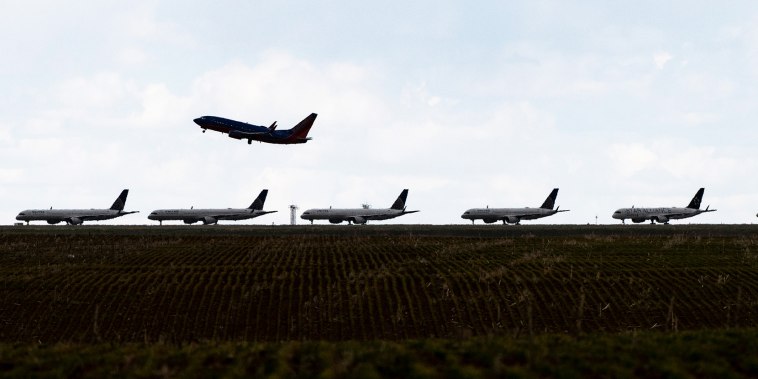In recent years, aviation incidents have become a topic of concern among travelers and industry experts alike. The rise in the number of these incidents has undoubtedly sparked worries and speculation about the safety of air travel. While it may seem like incidents are proliferating, experts are quick to point out that there is no reason for alarm.
One key factor to consider when evaluating the increase in aviation incidents is the exponential growth in air travel in recent decades. As more people take to the skies for both business and leisure purposes, the sheer volume of flights naturally increases the likelihood of incidents occurring. Despite this increase in frequency, the industry’s safety standards and protocols have also significantly advanced to ensure the safety and well-being of passengers.
Technological advancements in aircraft design, maintenance, and navigation systems have greatly contributed to enhancing aviation safety. Modern aircraft are equipped with state-of-the-art safety features and communication systems that were unimaginable just a few decades ago. These advancements have played a crucial role in preventing major disasters and have significantly improved overall safety records.
Additionally, the aviation industry operates under strict regulatory frameworks that govern every aspect of air travel. Airlines, manufacturers, and regulatory bodies work closely together to ensure compliance with safety protocols and standards set by international aviation organizations. Regular audits and inspections are conducted to monitor and assess the safety performance of airlines and airports, holding them accountable for maintaining the highest safety standards.
Human factors also play a significant role in aviation safety. Pilots undergo rigorous training and recurrent evaluations to ensure they have the skills and knowledge to handle various in-flight scenarios effectively. Crew resource management training has become a standard practice to promote effective communication and teamwork in the cockpit, further reducing the risk of human error.
In the rare event of an aviation incident, thorough investigations are conducted to determine the root cause and implement corrective actions to prevent similar incidents in the future. Lessons learned from these investigations are shared across the industry to continuously improve safety practices and procedures.
While the increase in aviation incidents may raise concerns, it is essential to understand that these incidents are often minor and do not compromise the overall safety of air travel. The aviation industry remains committed to upholding the highest safety standards and continuously improving its safety performance to ensure that passengers can fly with confidence.
In conclusion, while aviation incidents may seem to be proliferating, experts emphasize that there is no reason for alarm. The industry’s unwavering dedication to safety, coupled with advancements in technology and stringent regulatory oversight, has made air travel safer than ever before. By working together and continuously striving for excellence, the aviation industry can ensure that passengers enjoy safe and secure journeys to their destinations.


























